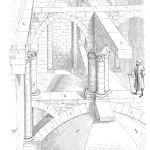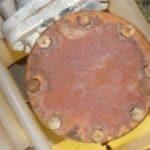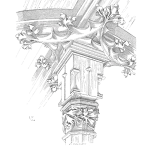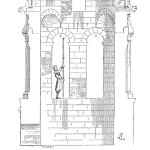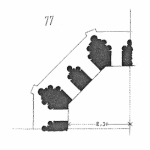
In a recent article, I shared that every written or verbal communication needs a structure. Aristotle believed that every poem or theatrical performance should follow a three-act structure. The three-act structure stands the test of time in all forms of writing and performing arts. It is also a straightforward and extremely efficient structure. More importantly, it works subtly but effectively with our human thinking processes.
The three-act structure is alive and well in the series “Communicating with FINESSE” on Accendo Reliability. Act One – the Opening – frames what is to come in Act II and lays the foundation of Systems Thinking needed for effective communications. Check out the building story of Act One in these articles: The One Thing Your Approach to Communication & Facilitation is Missing, Effective Communication Is The #1 Thing That Changes Your Life, and Do You Know These Dirty Secrets of Effective Communication?
[Read more…]